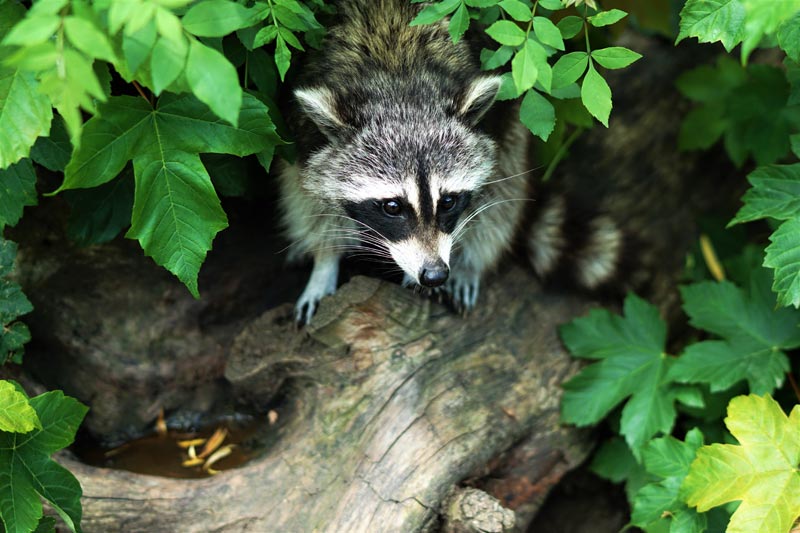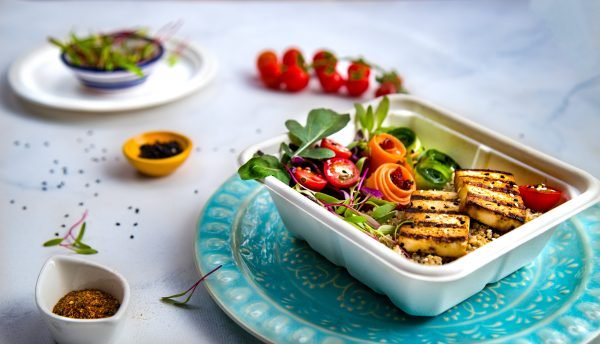Compost is one of the most important supplements you can use in your garden. It adds nutrient-rich humus to your garden or lawn, fuels plant growth and restores vitality to depleted soil. The best part is, with all these amazing benefits, backyard composting is absolutely free, doesn’t need much space, easy to manage, and eco-friendly.
Composting at home is easy. You can have it in your backyard or the corner of your garden. However, there are some common misconceptions about backyard composting. For example, some think that it’s too complicated, for others it’ll smell funny, and it’s very messy. Well, all these points are true only if you compost the wrong way.
Backyard composting the right way is very simple. Here are the simple steps to do backyard composting the right way and turn your food scraps and biodegradable waste into the soil in no time.

1. Choose a suitable location for the compost pile
Selecting a site for the compost pile is a balance between convenience and consideration. Although a well-maintained compost pile should not generate odors or attract animals, it is advised to not to place it too close to outdoor living areas or property lines.
The place for compost pile should be at approximately 1 cubic yard in size. Significantly larger or smaller piles may have some problems in maintaining.
Some prefer to use some container, however, it is recommended to start your compost pile on bare earth. This will allow worms and other beneficial organisms to aerate the compost and be transported to your garden beds.
2. Build the pile
Start building your pile by laying twigs and straw a few inches deep in the Earth. This helps aerate the file and adds drainage too.
Add compost materials in alternate layers of moist and dry materials. This will help create suitable conditions for the microbes that decompose organic matter. Have a leaf pile near your compost bin. When you add food scraps, add at least that amount of dry leaves on top. It will add needed material for the process and will keep odors down.

3. Do’s and Don’ts of backyard composting
Bury wet materials like food scraps, tea bags and leaves, seaweed, vegetable and fruit scraps, coffee grounds and filters, fresh grass clippings, plant trimmings from your garden or houseplants and other organic waste near the center of the pile and cover with dry materials like dry leaves, straws, sawdust, dry hay, pellets, and wood ashes, dried grass clippings, shredded paper, egg and nut shells, hair and animal fur, used paper towels, sugarcane pulp disposables, and paper tubes.
Remember to sprinkle sawdust and wood ashes in very thin layers, or they will clump and be slower to break down. Also, make sure that the sawdust is clean, with no machine oil or chain oil residues from cutting equipment.
Dry materials for compost may include dry leaves, straw and, wood chips and sawdust from untreated wood.
Do not add meat, fish, dairy products, bones, cats and dog waste, fatty foods, etc. It will be helpful in discouraging insects, rodents, and other “vectors,” from getting into your pile.
Do not compost black walnut leaves. Also, don’t compost perennial weeds or diseased plants and seeds.
Add nitrogen sources like clover, buckwheat, wheat grass, grass clippings, etc. This activates the compost pile and speeds up the process along.
Cover it with wood, carpet scraps or waterproof sheets. It will be helpful in retaining the moisture and heat, two essentials for compost. Covering your compost will also prevent it from being over-watered by rain. The compost should be moist, but do not let it be soaked and sodden.

4. Let ingredients of your backyard compost cook
The microbes, including bacteria, fungi, worms, and insects, will decompose the material in the compost pile. The total time may vary depending upon three extra ingredients for compost: air, water, and temperature.
Like everyone, these microorganisms need the right diet, air, and water to live and flourish. To ensure this give the pile a quick turn with a pitchfork into various spots. Wiggle it to open up new ways for air and water to enter the center of the pile. The more you do this, the faster your pile will turn into compost.
Once the compost pile is ready, add new materials by mixing them rather than making layers. It is the key to aerating the composting materials and speeding up the process.
5. Harvest your compost
Dark brown color and an earthy smell is the indicator that the compost is ready for harvest. Use a garden sieve or milk crate to remove any large chunks. Place these chunks back in the pile for further decomposition.
Use the finished compost in your lawn or garden to add nutrients to the soil. You can also use it to re-pot house plants, as bedding for seedlings.
As soon as you start composting and using it in your garden, your garden will rejoice. Share your new hobby with your friends and they might send you their unwanted kitchen scraps to help you.
How about giving backyard composting a shot this season? If you are composting already, share your success story in the comments below.





